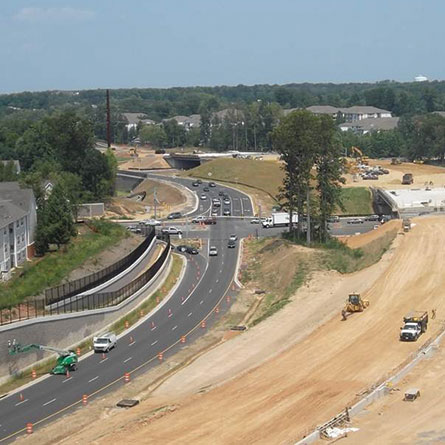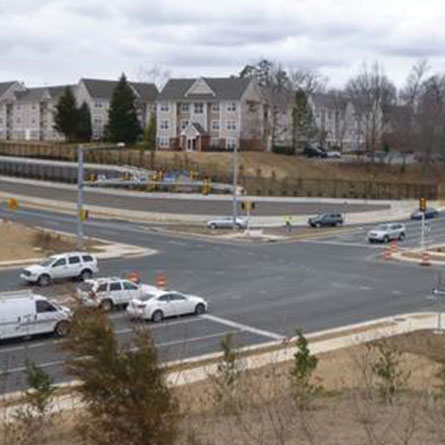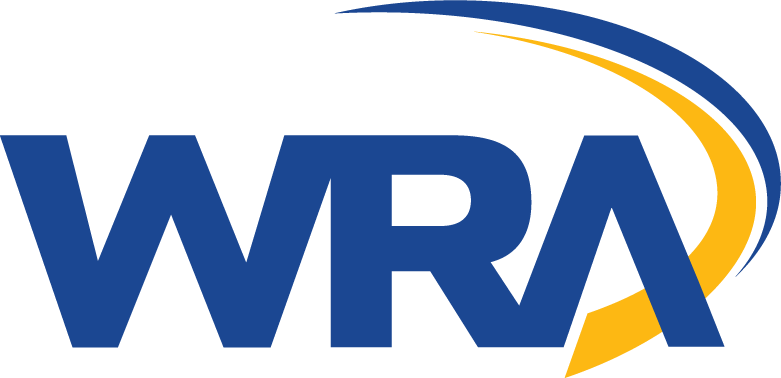Fairfax County Parkway. Fairfax County, Virginia.
The Fairfax County Parkway project included the interchange plus the widening of three miles of highway from four to six lanes for a cost of $44 million. It is located in a highly urbanized area, with traffic volumes over 60,000 vehicles per day and was experiencing significant traffic delays. To maintain traffic during construction, the ramps were constructed first and Fairfax County Parkway was elevated over the local street network, requiring design of two new bridges within the interchange. The widening of Fairfax County Parkway also included the widening of the bridges over Route 50. The project required the construction of extensive retaining walls and sound barriers with an aesthetic ashlar stone pattern to minimize right-of-way and noise impacts of the project. The project was partially funded with ARRA funding for construction, which required coordination with FHWA.



Services Performed
Project Highlights
Highways/Roadways
Widening Fairfax County Parkway to six lanes, the split diamond interchange design included four ramps providing full access to both Fair Lakes Parkway and Monument Avenue, while enhancing pedestrian access between the Rocky Run Stream Valley Park system and the community to the east.
Water Resources
Two major drainage outfalls to the Rocky Run Stream located in the project limits and include an 800’ triple 8’x10’ box culvert extension and a single 400-foot 7’x 8’ box culvert, requiring multiple phases of construction. A full dam break analysis required for a stormwater management lake.
Traffic
The project included freeway overhead signing for the I-66, Fair Lakes Parkway and Route 50 interchanges including ITS facilities and seven coordinated signalized intersections to ensure the efficient flow of traffic through the project.
Analysis and Modeling
First phase constructed the four ramps. Second phase shifted the Parkway’s traffic to the ramps and detoured critical movements onto Fair Lakes Circle providing for improved traffic operations. Once the elevated Parkway was completed traffic was shifted and the ramps reconfigured for the final traffic patterns.
